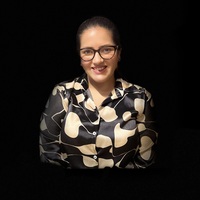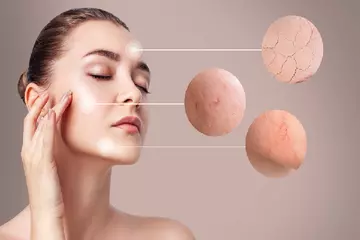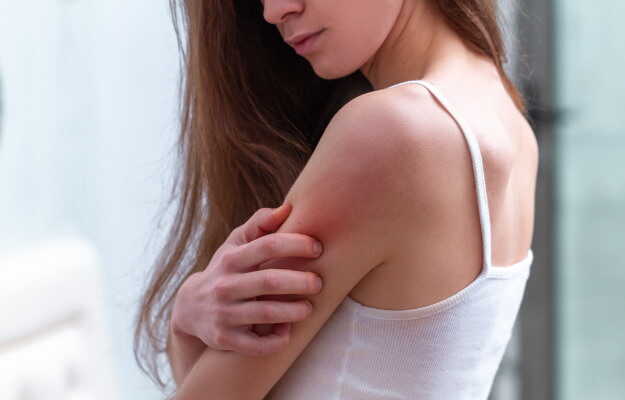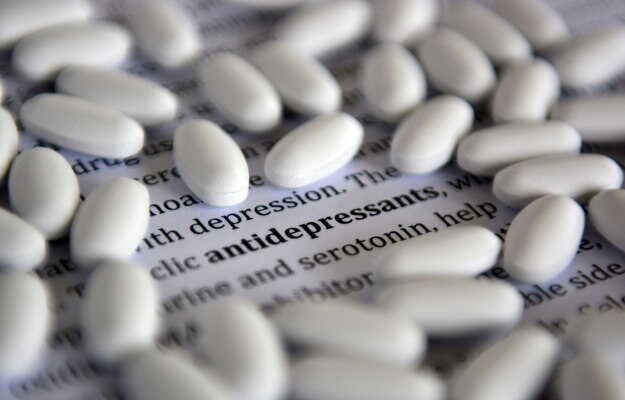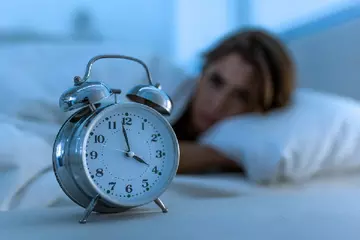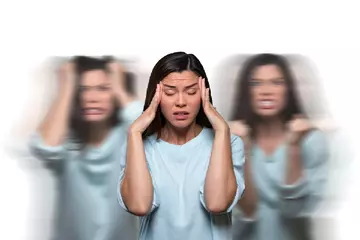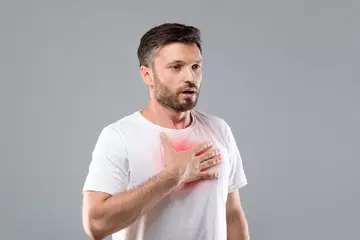What is flushing?
Flushing, which appears as the redness of the skin, occurs because of the dilatation of blood vessels in the skin. There are two types of flushes:
- Wet flushing in which the nerves act on the blood vessels and bring about redness along with sweating.
- Dry flushing in which some agents produce direct action on the blood vessels leading to redness without sweating.
What are its main associated signs and symptoms?
The following are the symptoms commonly associated with flushing:
- Facial swelling (oedema).
- Wheezing (whistle-like sound while exhaling the breath).
- Hypertension (high blood pressure)
- Headache.
- Urticaria or hives.
- Palpitations or loud irregular heartbeat.
- Sweating.
- Hypotension (low blood pressure).
What are the main causes?
The following are the common causes of flushing:
- Drugs: Vasodilators (blood vessel dilators), morphine, and many other drugs may also cause flushing as one of its side-effects.
- Alcohol: It causes flushing when some medicines like disulfiram, chlorpropamide and food like mushrooms are consumed along with it.
- Food additives: Sodium nitrite in meat and bacon may cause flushing in some individuals. Sulphites in beer and wine may also cause flushing.
- Eating: Hot and spicy food, as well as hot beverages, may cause flushing in some individuals.
- Neurological problems: Problems like anxiety, migraine headaches, and simple tumours may lead to flushing.
How is it diagnosed and treated?
The diagnosis of the cause of flushing is not needed in most individuals. If the doctor suspects a systemic disorder to be the cause of flushing, he/she will perform a complete clinical examination and order the following tests:
- Blood test
- 24-hour urine test
- Imaging tests like chest X-ray
The doctor will prescribe the following therapy to manage flushing:
- Flushing due to known factors: Avoid or reduce the know factors like diet and alcohol that may lead to flushing.
- Flushing due to medications: Completely stop or decrease the dose of the medicines that are responsible for flushing.
- Flushing due to a specific cause: A specific treatment is needed depending upon the cause. Example: clonidine and naloxone are prescribed in flushing due to menopause.
The doctor may also prescribe a beta-blocker as it causes constriction of blood vessels and reduces flushing.

 Doctors for Flushing
Doctors for Flushing  OTC Medicines for Flushing
OTC Medicines for Flushing




